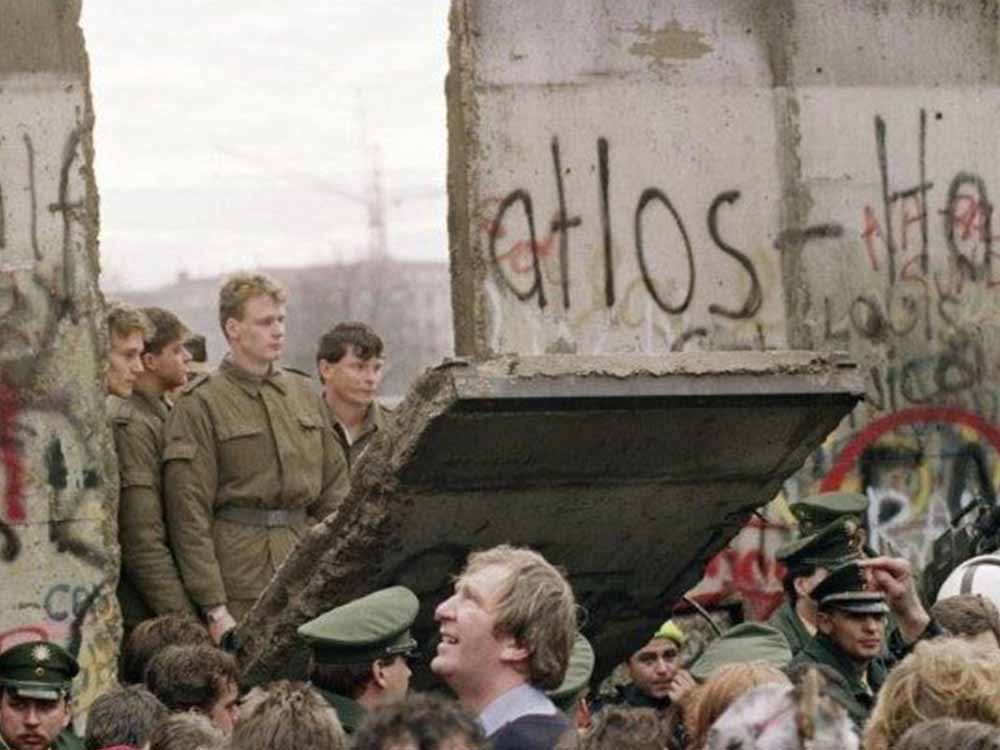Background and Context
The Berlin Wall was a physical and ideological barrier that divided East and West Berlin, the two parts of the German capital, following the end of World War II. It was erected by the East German government on August 13, 1961, to prevent East Germans from fleeing to the more prosperous West. The wall became a symbol of the Cold War, representing the division between the communist Eastern Bloc, led by the Soviet Union, and the democratic Western Bloc, led by the United States.
Growing Tensions and Reform Movements
n the late 1980s, the Soviet Union and its satellite states were facing mounting economic and political challenges. The reforms initiated by Soviet leader Mikhail Gorbachev, known as glasnost (openness) and perestroika (restructuring), had unintended consequences in East Germany. They fuelled desires for greater political freedoms and economic improvements among the East German population.
Peaceful Protests and Mass Migration
As dissatisfaction grew, East Germans began staging peaceful protests, demanding political reform and the right to travel freely. Mass migration to the West also became a significant issue, with thousands of East Germans escaping through neighboring Hungary and Czechoslovakia.
The Moment of Liberation
As news spread about the relaxed travel rules, crowds of East Berliners flocked to the border crossings. Overwhelmed and unprepared border guards struggled to handle the massive crowds. Faced with mounting pressure, and without receiving clear instructions, the guards eventually allowed people to pass through the checkpoints.
Conclusion
The Fall of the Berlin Wall on November 9, 1989, was an event of profound historical significance, leading to the reunification of Germany and the end of the Cold War. It represented the triumph of freedom and democracy over oppression and division, leaving an enduring legacy of hope and inspiration for generations to come.











